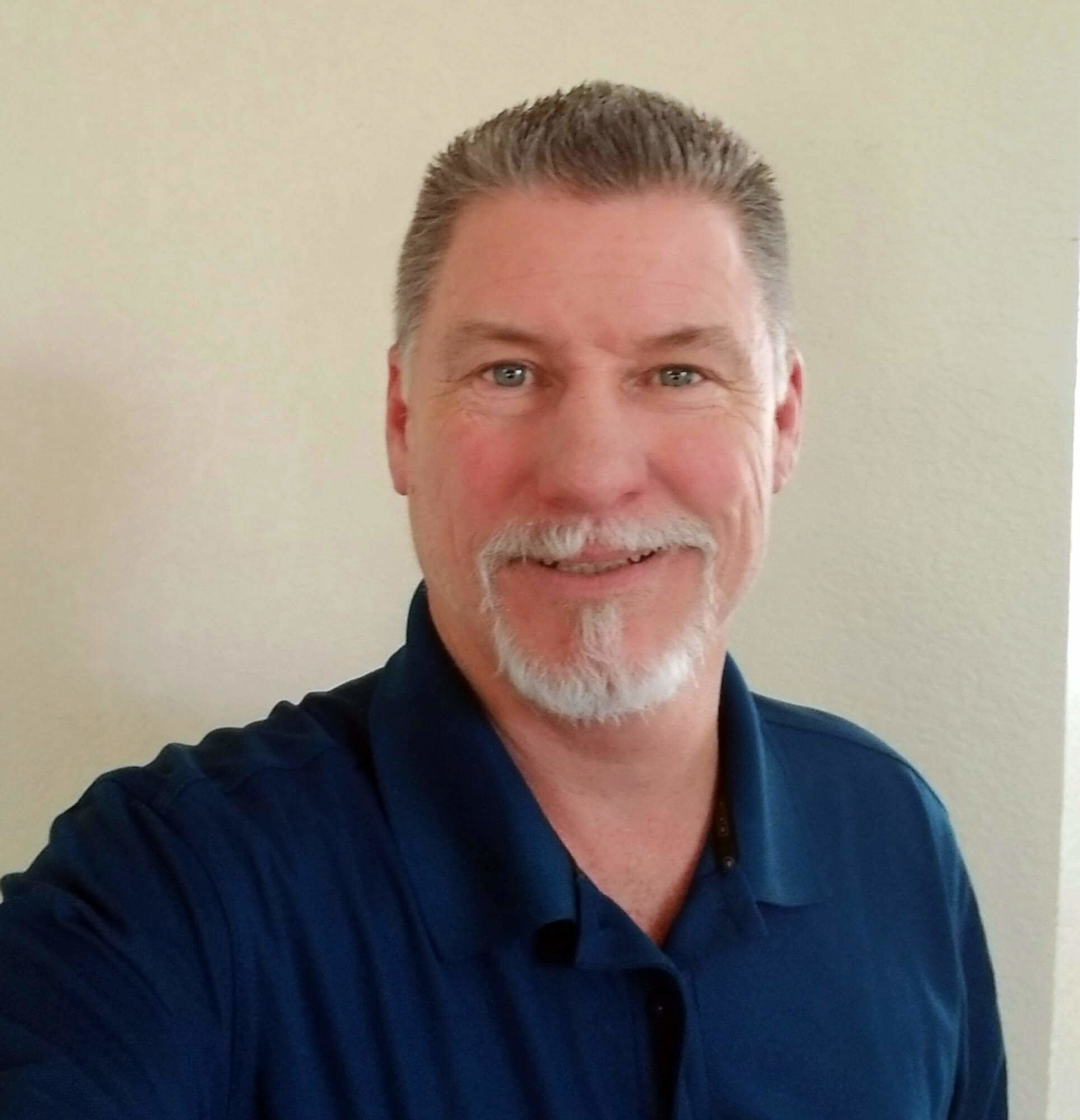Updating Your SMAN/Testo Gauges
Some of you might have an older SMAN/Testo digital gauge. With the new refrigerants coming, you might need to update

Technical Services Manager
North Georgia District
TIC2021-0006 states that a slime has been detected in condensate lines, traps, drains and pans. From TIC: “The slime is what is called a biofilm and it is a natural defense mechanism of many microorganisms or bacteria. The slime forms around bacteria and acts as a protective armor for the bacteria. Nutrients and moisture can pass through the biofilm but many chemicals that can harm the bacteria have more difficulty passing through the biofilm. Air Conditioning coils cool the air passing over it and dehumidify the air creating condensate. Airborne bacteria can collide with condensate droplets and become entrapped inside of the droplet. The droplet can then transport the bacteria through the entire condensate management system. Bacteria will accumulate in any area that does not dry out and has very slow-moving condensate.”
It also says “The ideal habitat needs to be absent of extreme temperature swings, UV light or harsh disinfectants. A consistent supply of moisture ensures that the bacteria will not dry out and die. These condensate management systems include all field installed piping are not unique to Carrier, and thus can be considered an industry wide issue.” There is not a solution at the moment to fix this but it is in the works.
Further testing shows that UV lights reduce growth in close proximity. However, when the light is out of sight, the heat from the UV light makes it grow faster. Also, using “antimicrobial impregnated materials have limited effect on the rate of microbe growth because either the antimicrobial material leaches out of the system and becomes ineffective, or a layer of dead bacteria forms on the surface protecting future bacteria growth.” They ask you not to use bleach because it breaks down some components and becomes neutralized as quick as it attacks the biofilm.
A combination of a cleaning method below along with regular monitoring for system blockages or backups will be needed. Each application will have a different amount of time required to block the drain lines, but the methods below will help minimize regrowth rates of the biofilm.

Directions for completely blocked drainage systems without accessible drain lines:
Directions for drainage systems that have been partially blocked:
Directions for a continuous disinfectant method between preventative maintenance:

Some of you might have an older SMAN/Testo digital gauge. With the new refrigerants coming, you might need to update
Ladder diagrams, also known as ladder logic, are a type of electrical notation that illustrates how relays and electromechanical switches
All ducted VRF systems come from the factory set for 0” of static pressure. As we know from experience, this